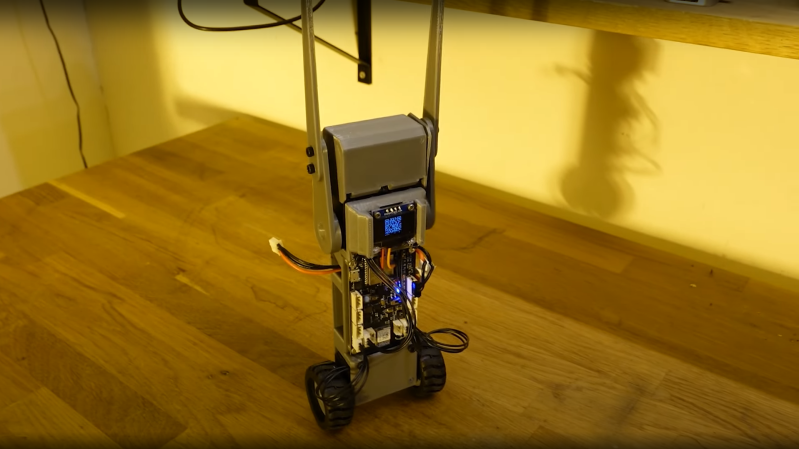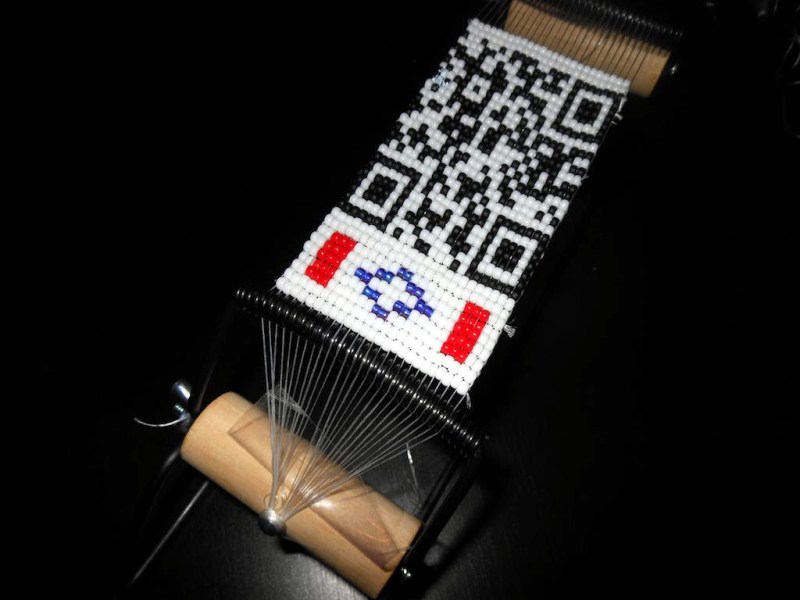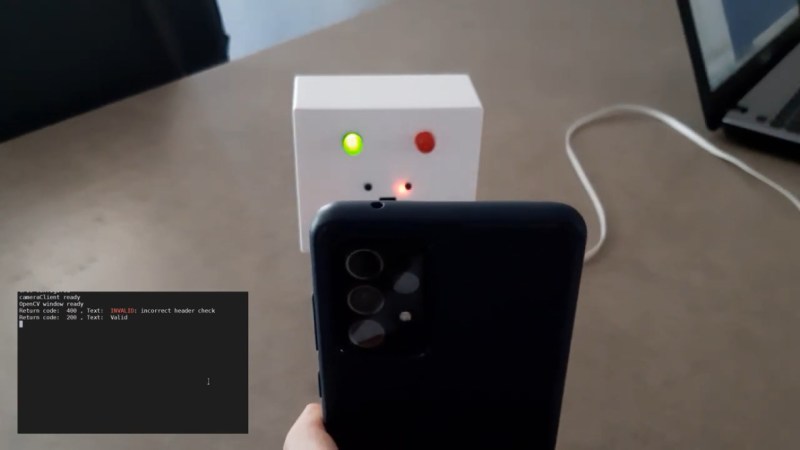New Generation of Phishing Hides Behind Trusted Services
The days when email was the main vector for phishing attacks are long gone. Now, phishing attacks occur on SMS, voice, social media and messaging apps. They also hide behind trusted services like Azure and AWS. And with the expansion of cloud computing, even more Software-as-a-Service (SaaS) based phishing schemes are possible. Phishing tactics have […]
The post New Generation of Phishing Hides Behind Trusted Services appeared first on Security Intelligence.
Continue reading New Generation of Phishing Hides Behind Trusted Services


